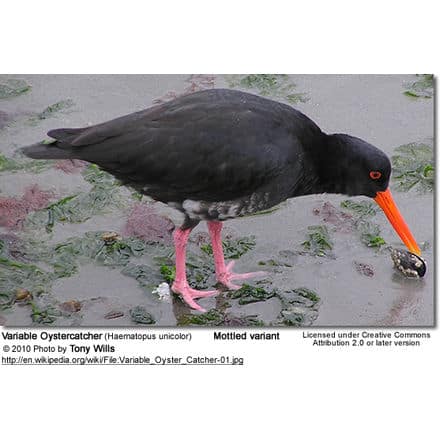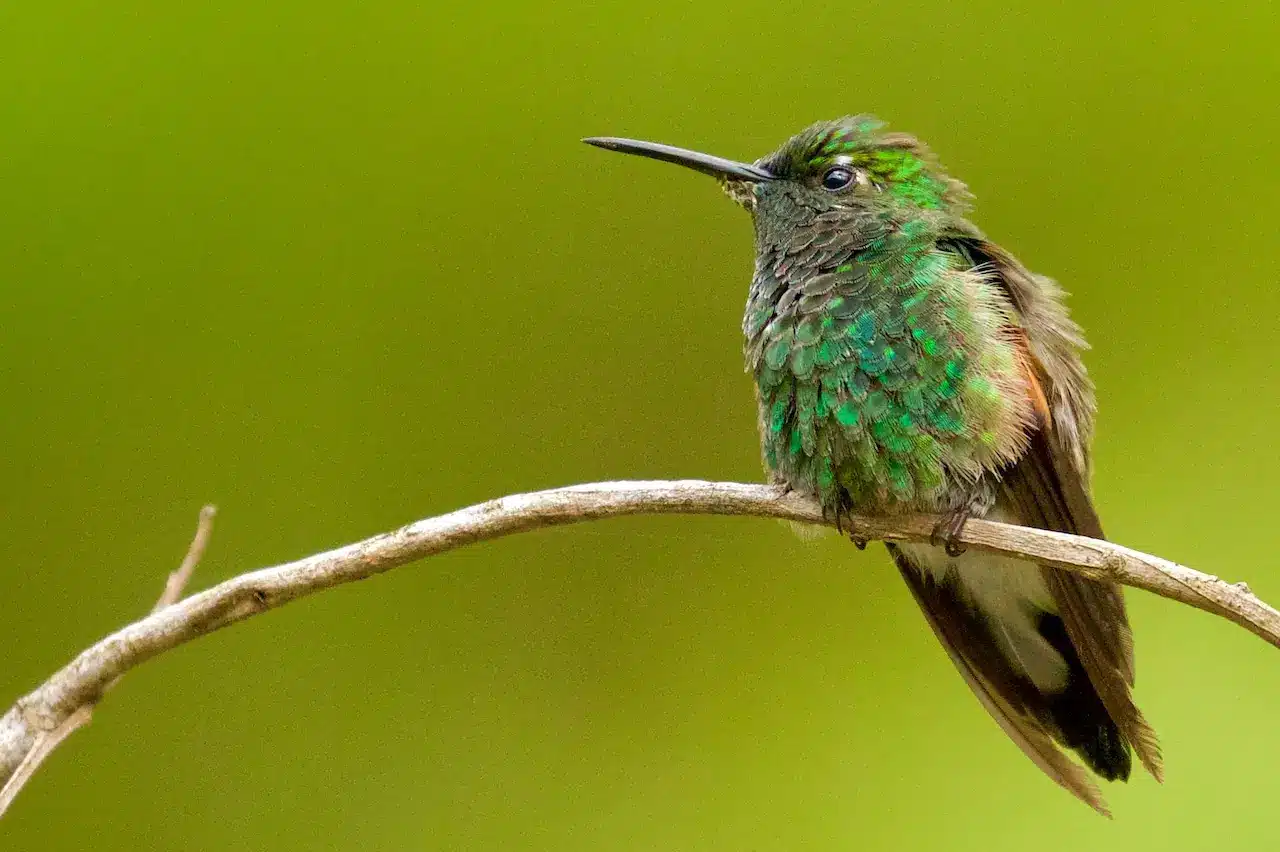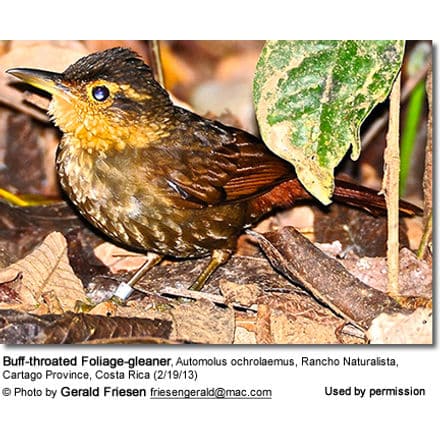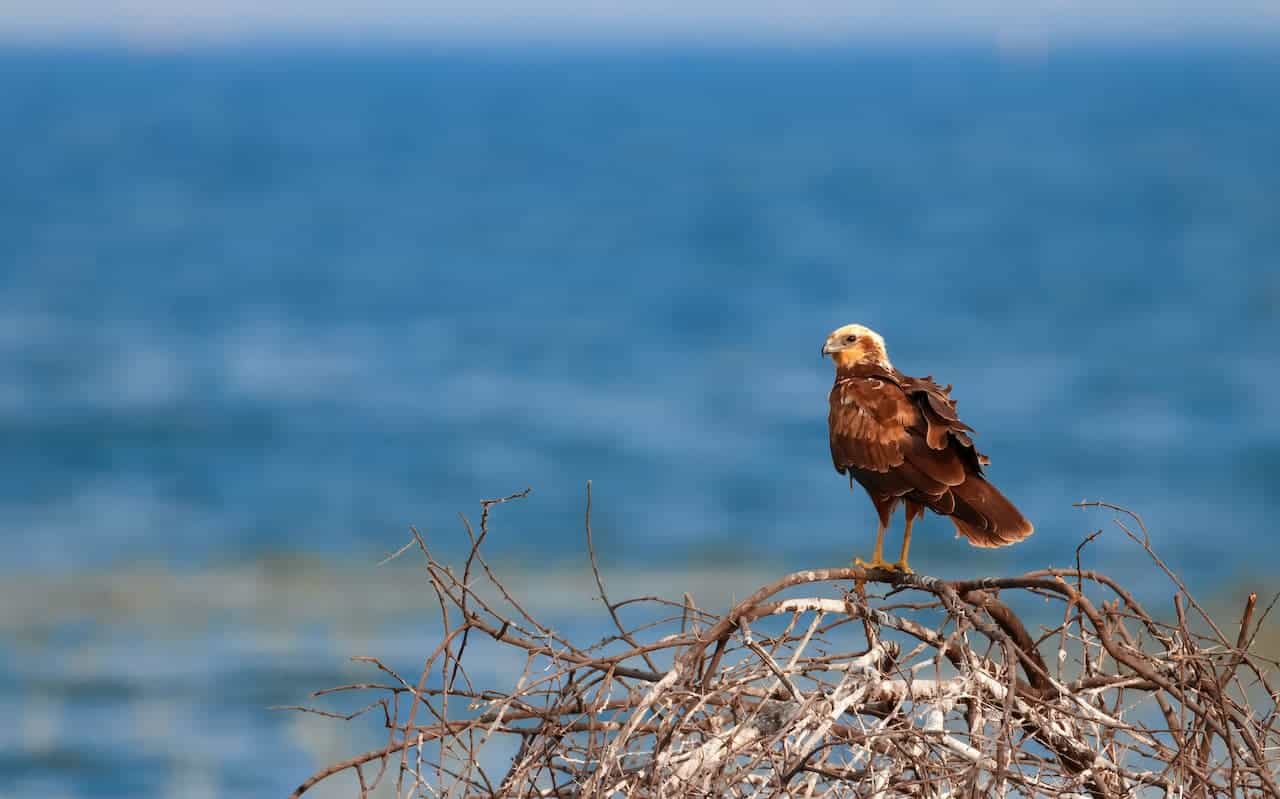Grey-breasted Sabrewings
The Grey-breasted Sabrewings (Campylopterus largipennis) – also known as Bronze-shafted or Tail-coated Sabrewing – is a hummingbird that occurs naturally east of the Andes in tropical South America where this species is generally common.
Alternate (Global) Names
Spanish: Ala de Sable Gris, Ala-de-sable Pechigrís, Colibrí Pechigrís … Portuguese: asa-de-sabre, Asa-de-sabre-cinza … Italian: Campilottero pettogrigio, Sciabolatore pettogrigio … French: Campyloptère à larges tuyaux, Campyloptère à ventre gris, Campyloptère obscur … Danish: Gråbrystet Sabelvinge … German: Graubrust-Degenflügel … Finnish: Harmaasapelikolibri … Dutch: Grijsborstsabelvleugel … Norwegian: Gråbrystsabelvinge … Polish: zapylak szary … Russian: ?????????? ????????? … Slovak: kolibrík sivý … Czech: Kolibrík šedoprsý, kolib?ík šedoprsý … Swedish: Gråbröstad sabelvinge … Japanese: haibarakembanehachidori, haibarakenbanehachidori
Distribution / Range
The Grey-breasted Sabrewing’s natural range includes the humid forests of the Guianas and the Amazon Basin, where they are usually found along the forest borders and clearings. They are often seen foraging in banana plantations.
Subspecies and Distribution:
- Campylopterus largipennis largipennis (Boddaert, 1783)
- Found in eastern Venezuela, the Guianas, and Negro River region of northwestern Brazil.
- Campylopterus largipennis aequatorialis (Gould, 1861)
- Found in eastern Colombia, eastern Ecuador, eastern Peru, and northern Bolivia to northwestern Brazil
- Campylopterus largipennis diamantinensis (Ruschi, 1963)
- Found in forests and woodland areas in Bahia and Minas Gerais in eastern Brazil
- Campylopterus largipennis obscurus (Gould, 1848)
- Range: Eastern Pará and Maranhão in northeastern Brazi).
Description
The Grey-breasted Sabrewings is a relatively large hummingbird that measures about 13 cm or 5.25 inches in length (including beak and tail).
Its bill is slightly down-curved. The lower bill is black and the upper bill is flesh-colored.
Its head, upper plumage, and sides are metallic grass green. It has a distinctive white spot behind its eyes. The plumage below is grey.
The Sabrewings are named for their long, saber-like outermost primary flight feathers, which are thickened, flattened, and bent at an angle.
The wings of the Grey-breasted Sabrewings are purplish / dark blue-brown – sometimes nearly black.
The dark blue tail has broad white tips.
Calls / Vocalizations
Their vocalizations during feeding are described as sharp twitters or “chip.’ sounds.
The male’s song is a high-pitched piercing cheep tsew cheep tik-tik tsew.
Nesting / Breeding
Hummingbirds in general are solitary and neither live nor migrate in flocks; and there is no pair bond for this species – the male’s only involvement in the reproductive process is the actual mating with the female.
During the breeding seasons, male Grey-breasted Sabrewings typically gather in leks (competitive mating display) consisting of up to 10 males (most often 4 to 6). The males will sing to the females to gain their goodwill. They may fly in front of them in a U-shaped pattern.
The male will separate from the female immediately after copulation. One male may mate with several females. In all likelihood, the female will also mate with several males. The males do not participate in choosing the nest location, building the nest, or raising the chicks.
The female Grey-breasted Sabrewing is responsible for building the fairly large cup-shaped nest out of plant fibers woven together and green moss on the outside for camouflage in a protected location in a shrub, bush, or tree. She lines the nest with soft plant fibers, animal hair, and feathers down, and strengthens the structure with spider webbing and other sticky material, giving it an elastic quality to allow it to stretch to double its size as the chicks grow and need more room. The nest is typically found on a low, thin horizontal branch.
The average clutch consists of one white egg, which she incubates alone, while the male defends his territory and the flowers he feeds on. The young are born blind, immobile, and without any down.
The female alone protects and feeds the chicks with regurgitated food (mostly partially digested insects since nectar is an insufficient source of protein for the growing chicks). The female pushes the food down the chicks’ throats with her long bill directly into their stomachs.
As is the case with other hummingbird species, the chicks are brooded only the first week or two and are left alone even on cooler nights after about 12 days – probably due to the small nest size. The chicks leave the nest when they are about 20 days old.
Diet / Feeding
The Grey-breasted Sabrewings primarily feed on nectar taken from a variety of brightly colored, scented small flowers of trees, herbs, shrubs, and epiphytes. They favor heliconia and banana flowers, but may also visit some flowers that open during the night for bats.
Hummingbird Resources
- Hummingbird Information
- Hummingbird Amazing Facts
- Attracting Hummingbirds to Your Garden
- Hummingbird Species
- Feeding Hummingbirds




